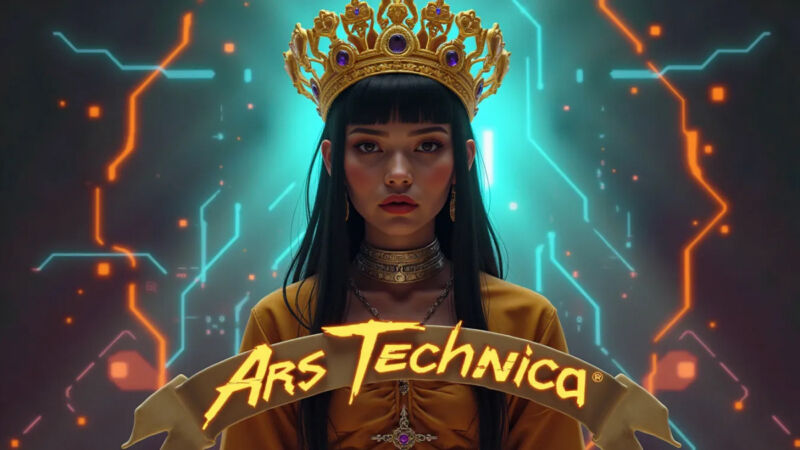In a novel application of artificial intelligence in image generation, hobbyists have successfully incorporated custom fonts into scenes produced by the Flux AI model. This development extends the capabilities of AI image synthesis, particularly in accurately rendering text within images.
Traditionally, computer fonts have been rendered using efficient methods for decades, but the integration of custom-trained typefaces into AI-generated images adds a layer of personalization and specificity previously difficult to achieve. The Flux AI model, which has shown significant aptitude in depicting text, enables users to insert words in custom fonts directly into their images. This feature is especially appealing for creating realistic scenarios such as chalkboard menus in a photorealistic restaurant or business cards held by fictional characters.
This breakthrough builds upon a method known as LoRA (low-rank adaptation), which was introduced in 2021. LoRA allows for the modular addition of new data to an AI model, effectively teaching the AI to render new styles or concepts not originally present in the foundational training data. Using LoRA, enthusiasts can train AI models to recognize and replicate specific typefaces, as demonstrated in recent experiments with a “Y2K” style font and a typeface from the video game Cyberpunk 2077.
Despite the novelty and aesthetic appeal of using AI to replicate fonts, there are considerations about the practicality and environmental impact of such methods. AI models like Flux, which require significant computational power, raise questions about overuse, especially when simpler methods might suffice for basic font rendering. However, for specific artistic or creative applications, the ability to integrate text seamlessly into AI-generated imagery represents a valuable expansion of AI’s utility in digital media.
The method’s implications are vast, potentially influencing future practices in digital design and beyond. As AI image synthesis continues to evolve, the integration of custom fonts may become a standard practice, particularly as more creators and developers explore its potential. The capacity to train AI models on unique typefaces and directly apply these in varied and complex images could redefine how text is used in digital and media arts. Moreover, with significant interest from the community, demonstrated through the active sharing and discussion on platforms like Reddit, this approach is likely to spur further innovation and adoption.
While currently a niche application, the technique’s integration into more extensive AI frameworks and possibly commercial software could be imminent. Developers and companies, including Adobe, might consider similar capabilities, watching the developments around Flux and its typeface LoRAs closely.
To delve deeper into this intriguing fusion of AI and typography, you can read more here.
